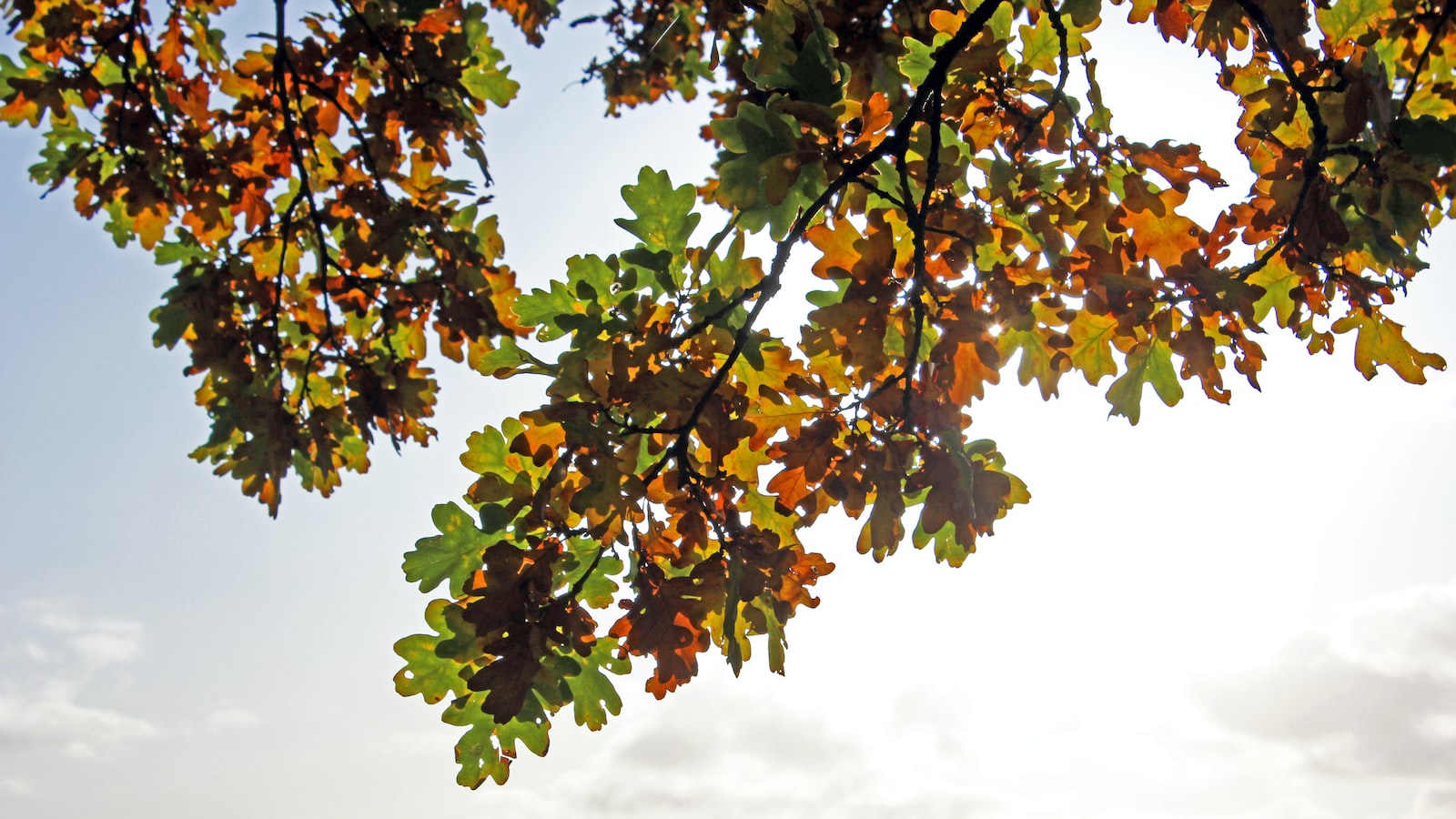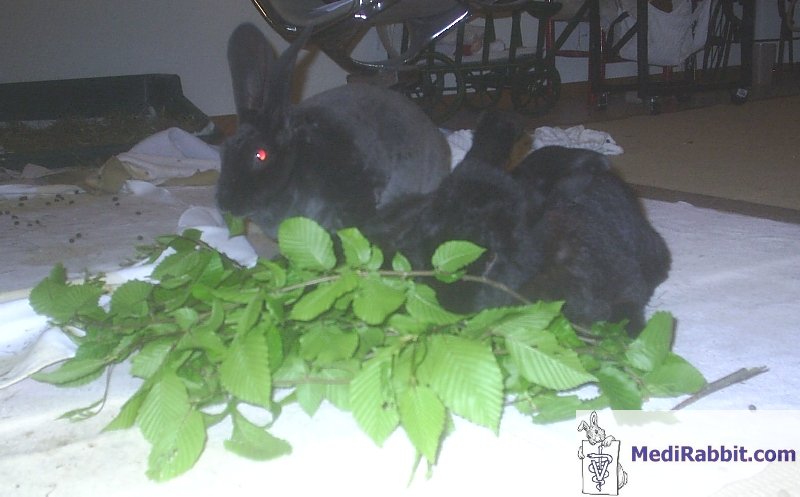Nature’s curious creatures, rabbits, are always on the lookout for delicious treats in their evergreen world. While their main diet consists of hay, vegetables, and even the occasional juicy carrot, these furry nibblers may occasionally cast their gaze upward. As their inquisitive eyes lock onto the fluttering leaves dancing on the branches above, a question arises: Can rabbits indulge in the arboreal delights of tree leaves? In this article, we embark on an exploratory journey to unveil the truth behind this leafy proposal. With an open mind and objective lens, let us unravel the mysteries that lie within the wild world of rabbit diets and determine whether tree leaves are a forbidden feast or a tantalizing temptation.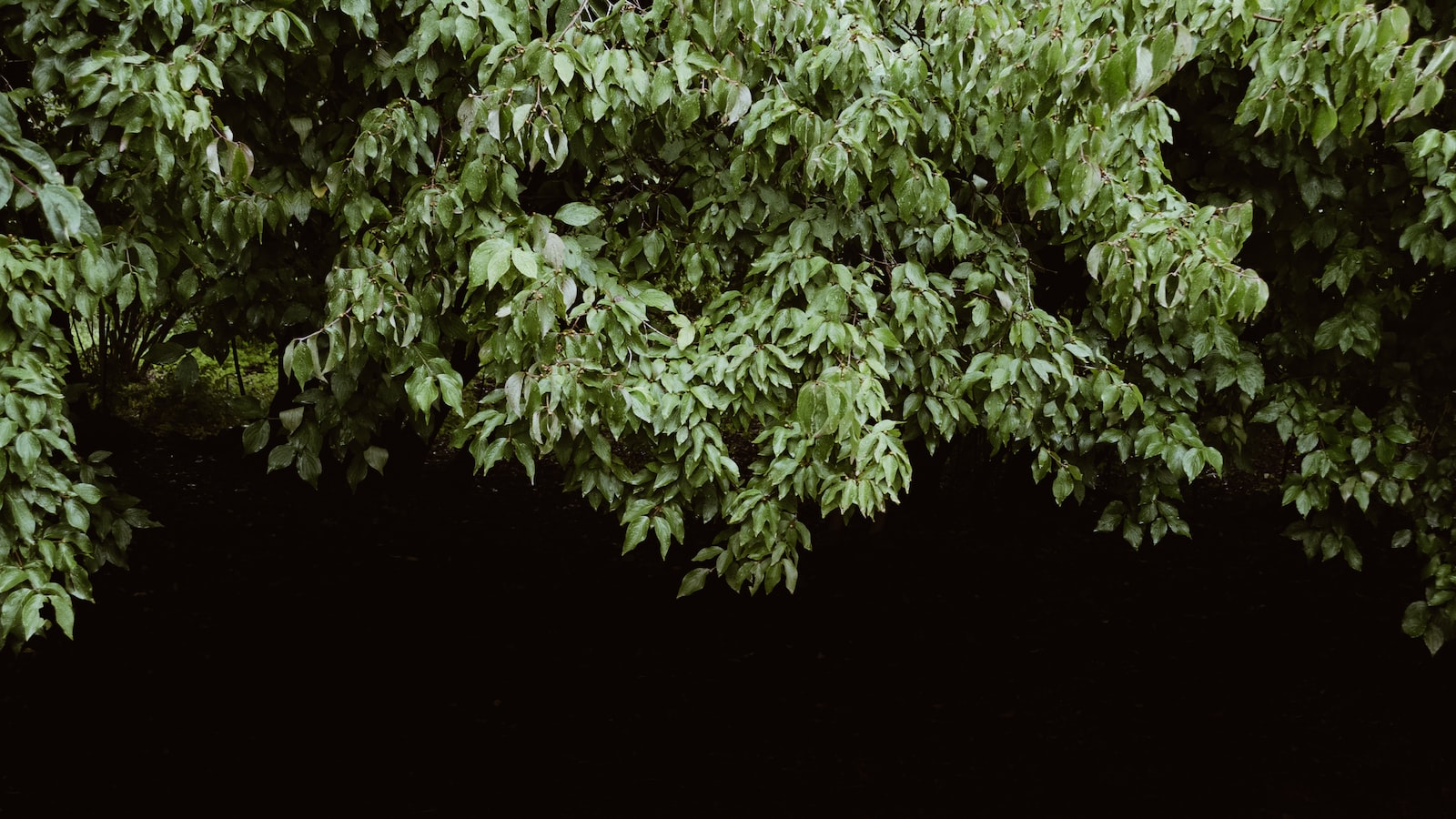
Understanding the Appropriate Tree Leaves for Rabbits’ Diet
Rabbits are herbivores and love munching on fresh greens. While hay should make up the majority of their diet, incorporating tree leaves can offer variety and added nutrients to their meals. However, not all tree leaves are safe for rabbits to consume, and it’s crucial to understand which ones are appropriate for their diet.
When it comes to tree leaves, certain varieties can be toxic to rabbits and should be avoided at all costs. These include leaves from cherry, peach, plum, and apricot trees, which contain cyanide-producing compounds that can be harmful to rabbits. On the other hand, there are plenty of tree leaves that are safe and suitable for rabbits to enjoy. Some examples include:
- Birch leaves: Rich in vitamin C and potassium, birch leaves can be a tasty treat for rabbits.
- Hawthorn leaves: These leaves can aid in digestion and provide rabbits with essential nutrients.
- Willow leaves: Willow leaves have a calming effect on rabbits’ digestive systems and can help alleviate any gastrointestinal discomfort.
- Hazelnut leaves: Packed with antioxidants, hazelnut leaves are a nutritious option for your furry friend.
Remember, moderation is key when introducing any new food to your rabbit’s diet. Always start with small amounts and observe how your rabbit reacts. If they show any signs of digestive upset or discomfort, discontinue the use of those leaves immediately. Additionally, avoid using leaves that have been exposed to pesticides or other harmful chemicals.
To summarize, while rabbits can enjoy certain tree leaves, it’s essential to be mindful of which ones are safe for their consumption. Stick to rabbit-friendly options like birch, hawthorn, willow, and hazelnut leaves, ensuring that they are fresh and free from pesticides. By offering a variety of leafy greens, you can enrich your rabbit’s diet and provide them with a wholesome and balanced meal.
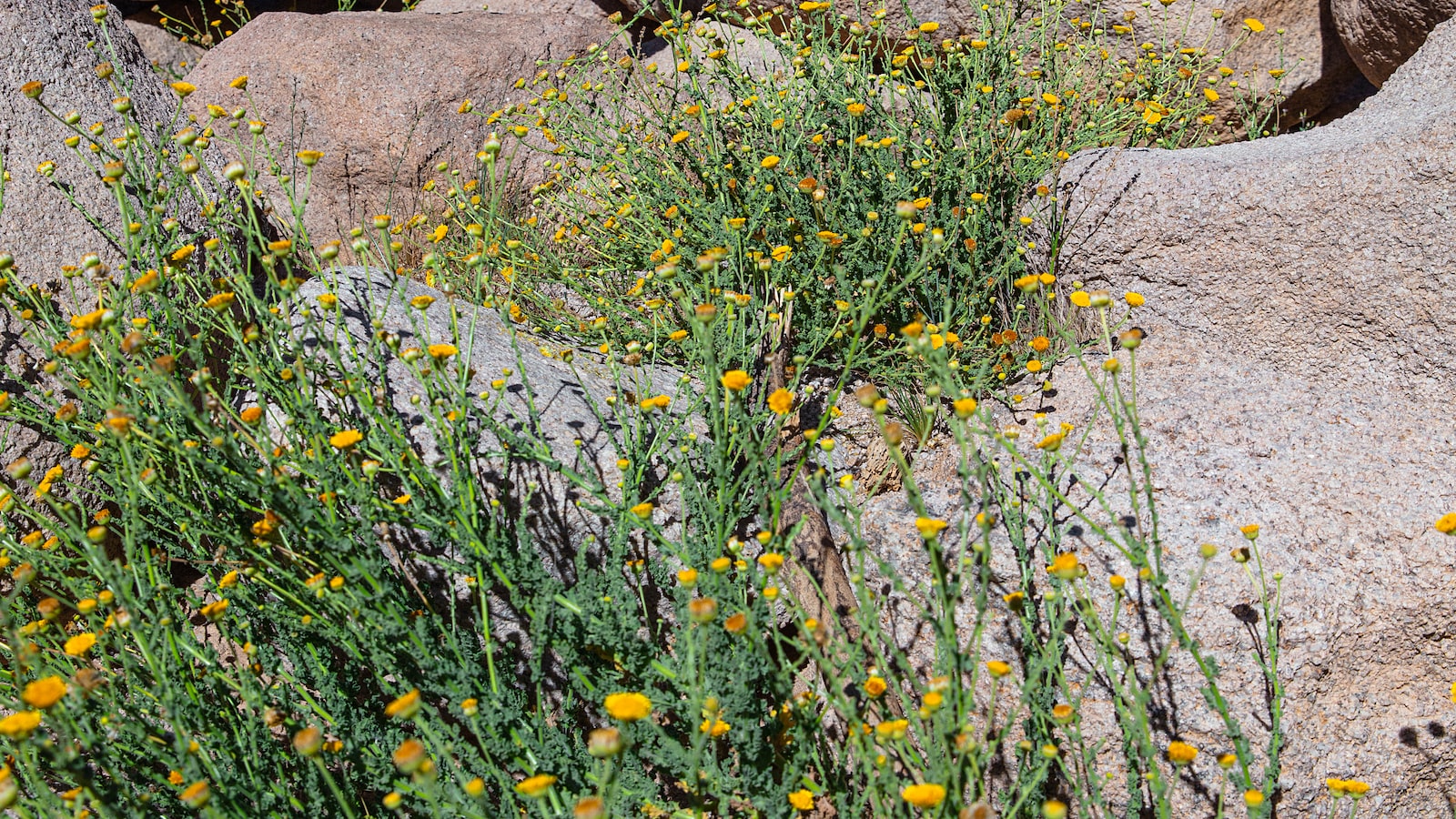
Exploring the Risks and Benefits of Feeding Tree Leaves to Rabbits
When it comes to feeding rabbits, it’s essential to educate ourselves on what they can and cannot eat. One common question that often arises is whether rabbits can safely consume leaves from trees. Well, the answer is not as straightforward as one might think. While some tree leaves can provide rabbits with beneficial nutrients, others can be harmful or even toxic. So, let’s delve into the risks and benefits of feeding tree leaves to our hoppy friends.
Potential Benefits:
- **Variety in Diet**: Introducing tree leaves can offer rabbits a diversified menu, promoting a balanced diet enriched with different minerals and vitamins.
- **Natural Source of Nutrients**: Certain tree leaves, such as those from apple and willow trees, can provide rabbits with additional fiber, potassium, and other vital nutrients.
- **Enrichment and Mental Stimulation**: Foraging on tree leaves can offer rabbits mental stimulation, as it replicates their natural feeding behavior in the wild.
Potential Risks:
- **Toxicity**: Some tree leaves, like cherry, plum, or oak leaves, contain substances that are toxic to rabbits and can lead to severe health issues if consumed in large quantities.
- **Allergenic Reactions**: Rabbits may display allergic reactions to certain tree leaves, resulting in digestive problems, skin irritations, or respiratory issues.
- **Pesticide Contamination**: If a tree has been sprayed with pesticides or chemical treatments, the leaves can carry harmful residues, which are hazardous if ingested by rabbits.
| Features | Tips |
|---|---|
| 1. Choose safe tree leaves: | – Prioritize leaves from rabbit-safe trees like apple, willow, or pear trees. Avoid leaves from toxic varieties such as cherry, plum, or oak. |
| 2. Gradual introduction: | – Introduce tree leaves slowly into your rabbit’s diet and monitor any adverse reactions or changes in digestion. |
| 3. Organic and pesticide-free: | – If you decide to feed tree leaves, ensure they come from organic sources devoid of pesticides or harmful chemicals. |
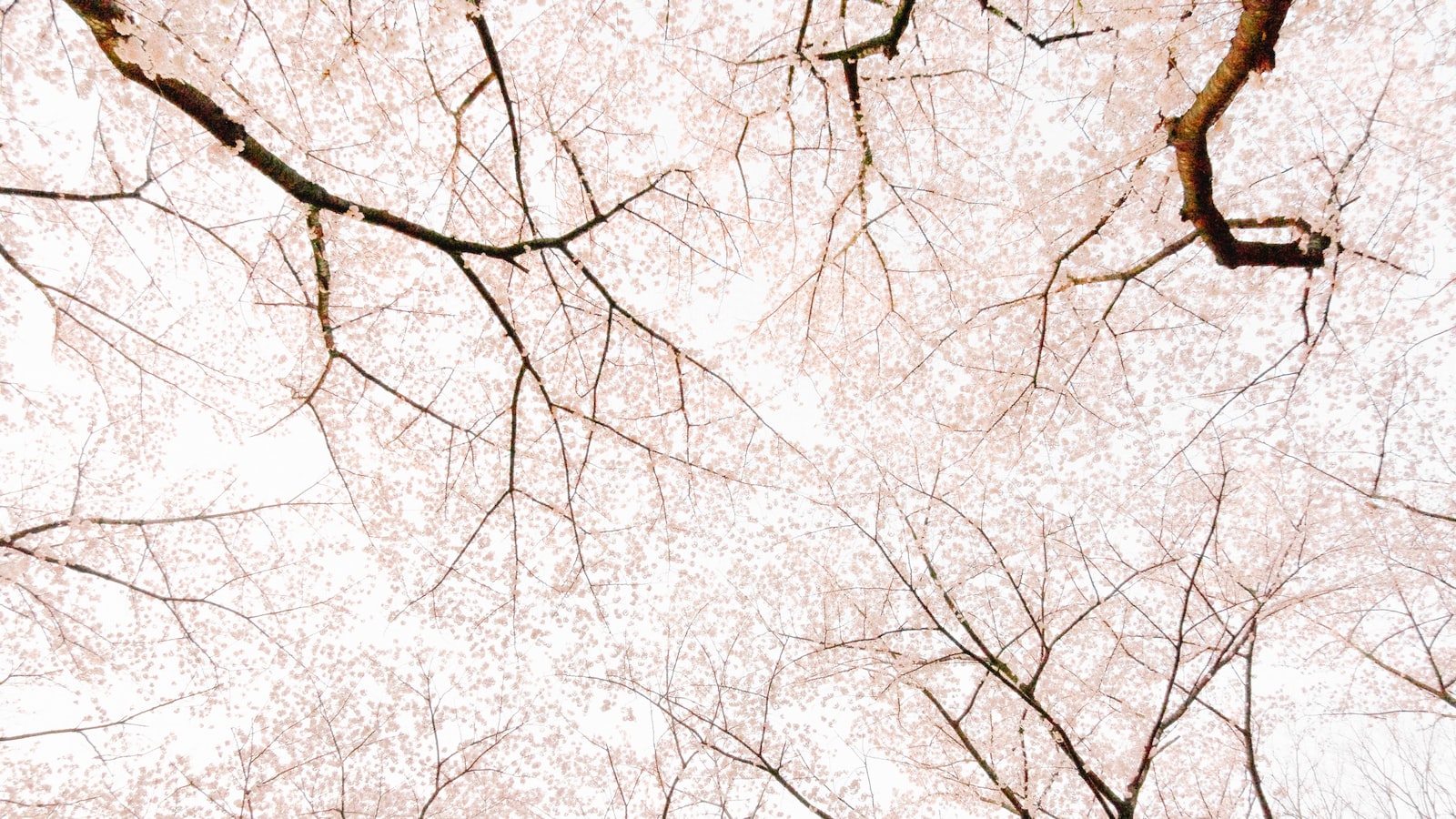
Safe Tree Leaves for Rabbits to Enjoy a Nutritious and Varied Diet
When it comes to providing a nutritious and varied diet for your rabbits, incorporating tree leaves can be a fantastic option. However, it is important to ensure that the leaves you offer are safe for your furry friends to munch on. Here are some tree leaves that are not only safe but also provide essential nutrients for your rabbits’ well-being.
- Apple Leaves: These leaves are not only safe for rabbits but also packed with vitamins A and C, making them an excellent addition to their diet.
- Hazelnut Leaves: Rich in fiber, hazelnut leaves can help promote healthy digestion in your bunnies.
- Willow Leaves: Willow leaves are not just safe, they are also a great source of calcium and magnesium. These minerals are essential for maintaining strong teeth and bones in rabbits.
- Birch Leaves: With their natural diuretic properties, birch leaves can assist in preventing urinary tract issues in rabbits.
By including these tree leaves in your rabbits’ diet, you can offer them a variety of flavors while ensuring they receive the necessary nutrients to thrive. However, it is important to remember that moderation is key. Introduce new leaves gradually and always monitor your bunnies’ response to them. Additionally, it is crucial to only collect leaves from trees that have not been treated with pesticides or other harmful chemicals.
| Features | Tips |
|---|---|
| Vitamins A and C | Introduce new leaves gradually |
| Rich in fiber | Monitor rabbits’ response to new leaves |
| Calcium and magnesium | Collect leaves from untreated trees |
